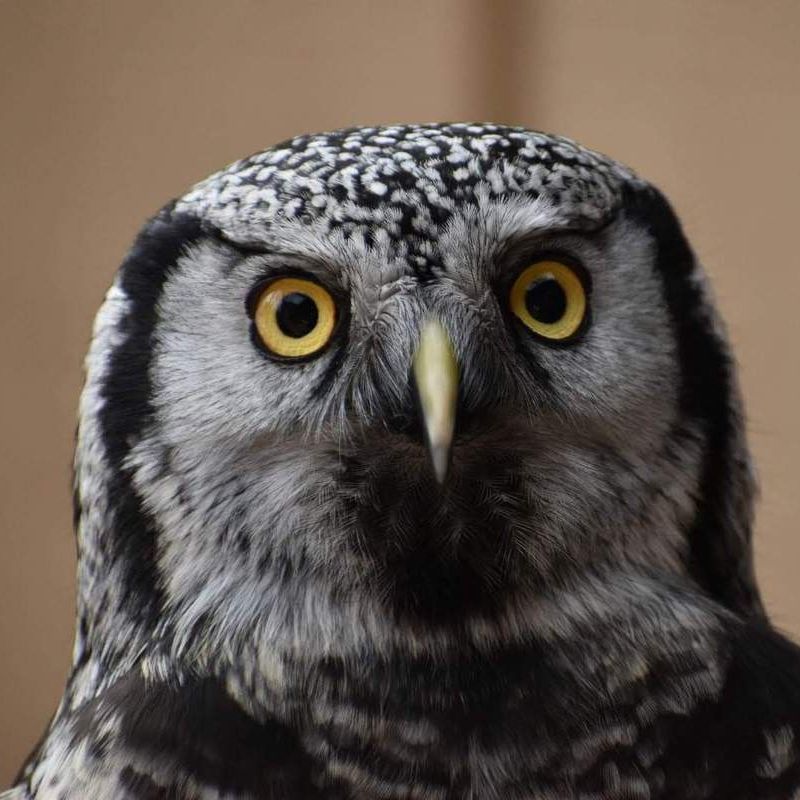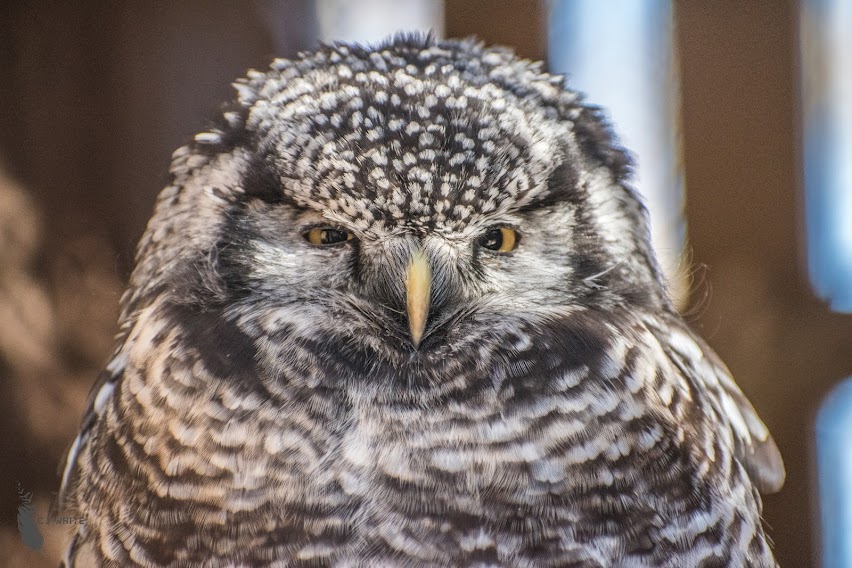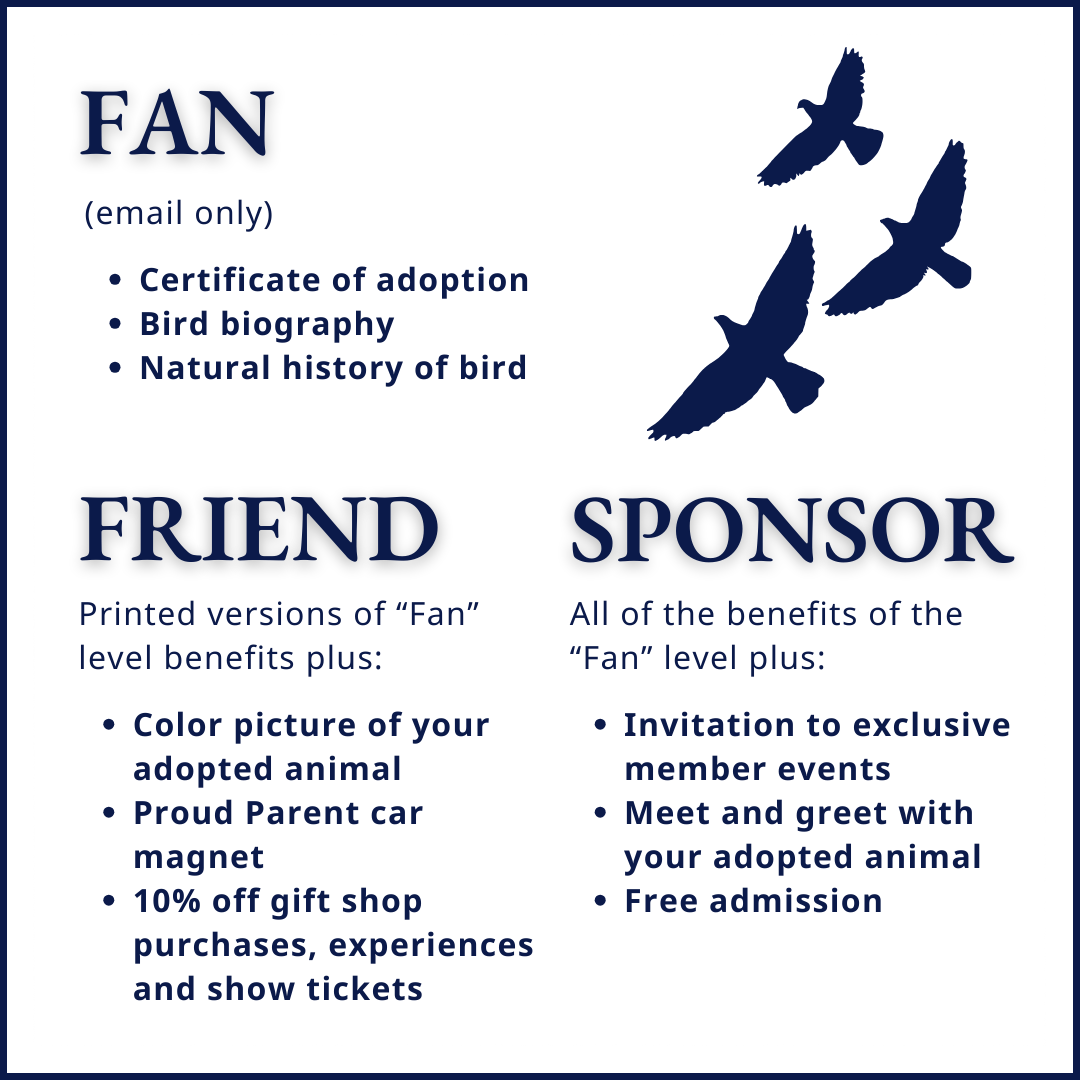Northern Hawk Owl – Polaris
Polaris arrived at the Alaska Raptor Center in 2019 with a fractured humerus of her right wing. They underwent surgery in hopes of being able to repair the fracture. During the surgery a very small sliver of bone had to be removed, and upon recovery it was discovered that unfortunately Polaris was still unable to fly. One wing had become shorter than the other. While she can navigate ramps and enclosures very well, sustained flight is beyond her and thus she was deemed non-releasable. She was transferred to the World Bird Sanctuary shortly after.
$29.00 – $129.00
Description
HATCH YEAR: UNKNOWN
FUN FACTS ABOUT POLARIS
- During the winter months Polaris can be found in the enclosures near our Visitor Center, and on occasion has been known to chitter back at guests when they greet her!
- When the temperatures get too warm for this cold weather bird, Polaris goes behind the scenes to a climate controlled enclosure in one of the buildings at our Education Training Center.
SPECIES FACTS
Scientific Name:
- Surnia ulula.
Distribution:
- Completely northern species found throughout eastern Alaska, Canada,Newfoundland, and some northern states in the United States.
Habitat:
- Northern Hawk Owls tend to be unevenly distributed in their established territories, so habitats are highly variable in boreal forested areas.
- Mostly inhabit coniferous forests, but may also inhabit mixed forests with both deciduous and coniferous trees. Can also be found in clearings, swampy areas, meadows, muskegs, and recently burnt areas.
Diet:
- Small rodents, mammals, and a variety of birds.
Behavior:
- Unlike the vast majority of owls, Northern Hawk Owls frequently hunt during the daytime; they are diurnal instead of nocturnal.
- Non-migratory, usually staying within it’s winter breeding range.
- Breeding time is usually around early March. The nest is built on top of a hollow stump or dead spruce trees. Female will lay anywhere between 3-11 eggs and she does most of the incubating, where the male forages for the food. When the chicks are about 2 weeks old, the female will leave the nest to hunt. During these outings, the male will protect the nest, keeping any potential predators away until mom returns.
- Have little fear of humans and will attack them if they get too close.
- In Ontario, Northern Hawk Owls are considered falconry birds and can be used to hunt small game with the proper falconry license.
Identification:
- Medium sized owl. Feathering on back is brown with white speckling. Back of the neck has a V-shaped pattern.
- Belly feathers are mostly white or off-white with brown banding.
- Tail is long and banded; has yellow eyes and beak.
Additional information
| Adoption Level | Fan, Friend, Sponsor |
|---|
Related products
-
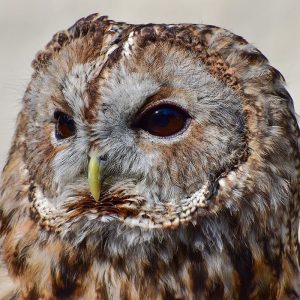
Tawny Owl – Peabody
$29.00 – $129.00 Select options This product has multiple variants. The options may be chosen on the product page -
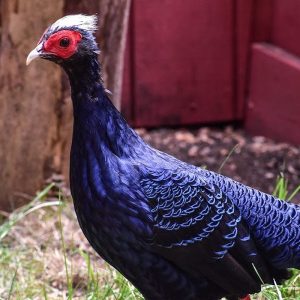
Edward’s Pheasants – Ringo & Tammy
$29.00 – $129.00 Select options This product has multiple variants. The options may be chosen on the product page

